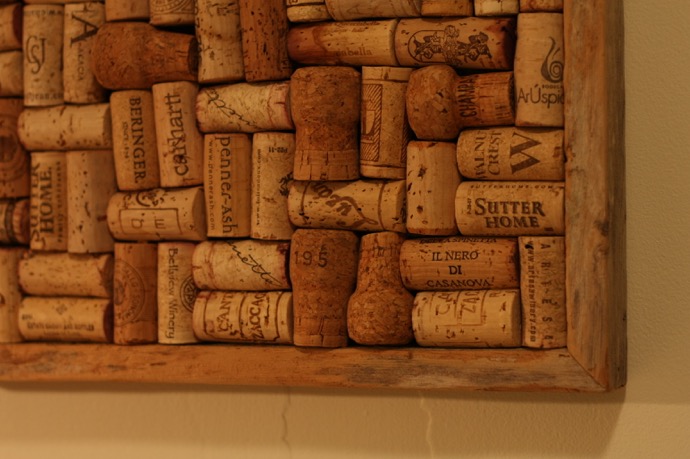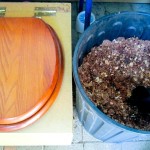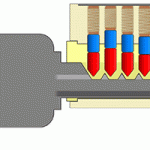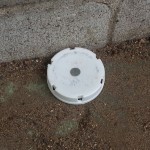Three Practical Uses for Cork From Wine Bottles

Think twice about tossing the cork plug from your wine bottles, because you can benefit from using them for a few practical purposes. Remember that improvisation is king in terms of being able to make do with limited resources in periods of crisis or survival, and these tricks can come in handy. Let’s take a look at a few ideas that you can put to good use right away, and maybe you will be inspired to think of some other uses as well.
Fire Starting or Candle

Cork has fantastic absorbent properties that make it ideal for use as a candle or fire starter. Soaking cork in alcohol, allowing it to dry and soaking again can produce a flame that is easy to light while burning long enough to light kindling material. You can also melt candle wax and drop the cork into the liquid until it soaks it up. Allow it to dry and repeat the process two or three more times. Tie a thick piece of string to a paper clip, insert it into the cork and enjoy having a slow-burning candle. You can also coat the cork with petroleum jelly to extend its burn time.
Fishing Bobber
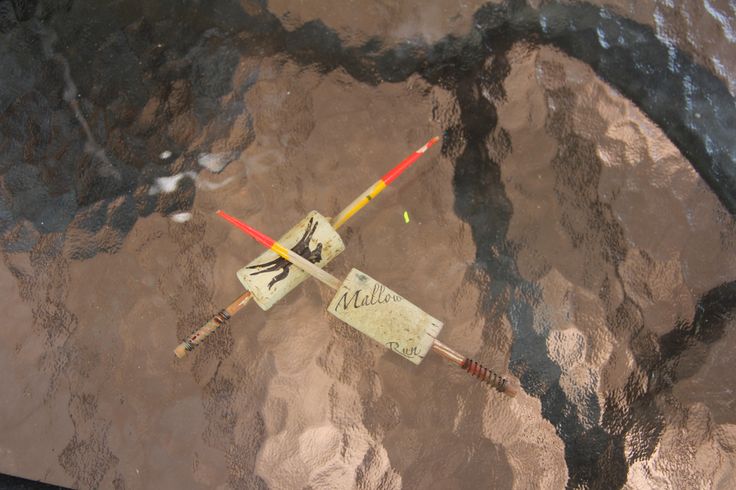
Cork is very buoyant and doesn’t easily disintegrate in water. This makes it an ideal candidate to be used as a fishing bobber, and it only takes a couple of seconds to install. Simply wrap some fishing line across the center of the cork, tighten it slightly so that it becomes recessed and attach a weight and hook to the end of the line. Just make sure that you leave enough line at the end to allow the hook to sink under water. You can also take a long paper clip or some wire, straighten it out and insert it through the cork from top to bottom. Bend the ends so they can be tied off along the side and attach the line.
Make Cork Board
You can also use cork, if you happen to stumble on a large quantity, to make a note board that can provide you with many practical uses. The idea is to take some cardboard for the backing, insert it into a frame and then glue the cork to the surface. However, you want to cut the cork down the middle from top to bottom in order to create a flat and uniform surface. Glue the halves to the board, round side down, and create a series of rows. You can maximize adhesion by slicing off part of the curved bottom of each half as well. This will require a little more time to accomplish, but the board will be considerably stronger. In either case, the finished product will not be as pretty as a cork board from the store, but it will get the job done.
You can also use cork for table tops, seat covers and even as markers to identify plants by writing on the side and attaching them to some kind of stake and placing in the dirt. Try these ideas out for yourself today, and see how something as inconsequential as pieces of cork can serve many useful purposes.


